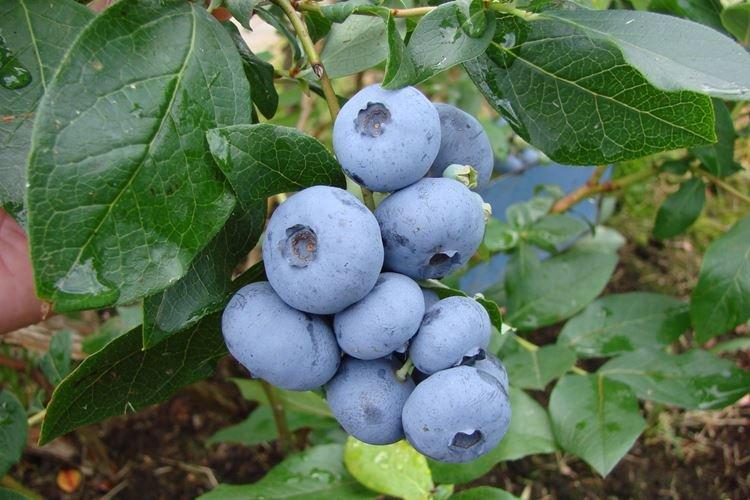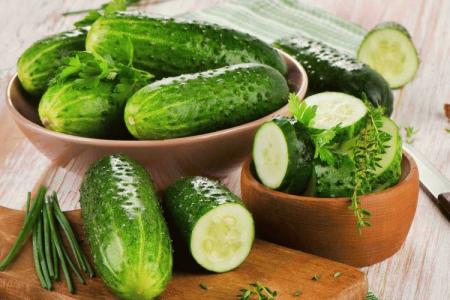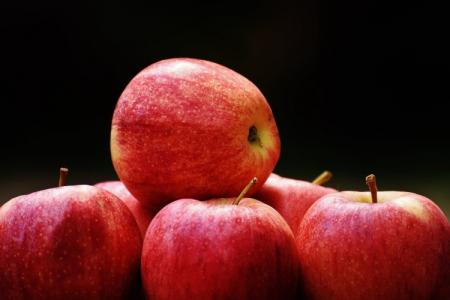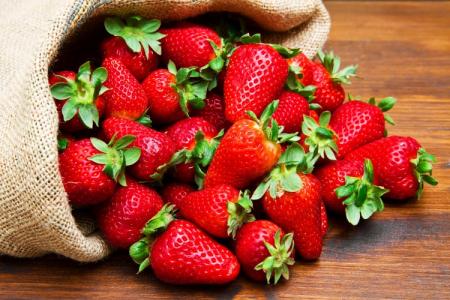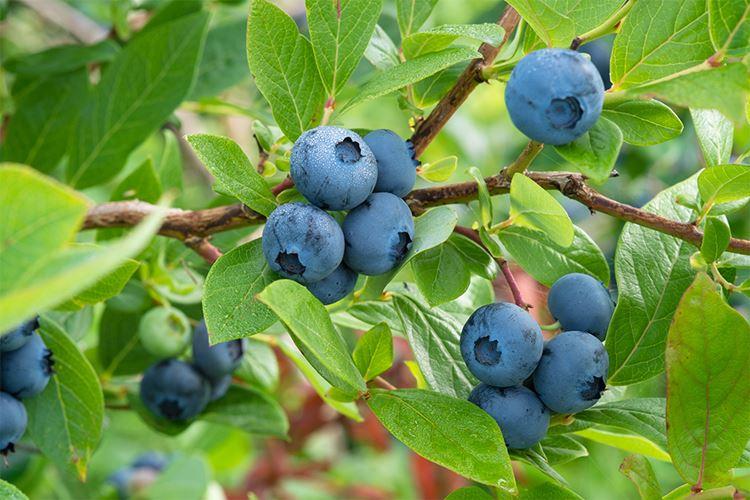
Blueberries are not only a delicious berry, but also a real lifesaver for our health. It strengthens blood vessels, stimulates metabolism, normalizes the stomach and is good for the heart. For many regions this is a real luxury, but in our latitudes you can easily grow it at a dacha in the suburbs! Let's talk about the best varieties!
1. Bluecrop
Although all gardeners have their own preferences, in the case of Blyukrop, opinions converge - for the Moscow region this is the standard. Tall bushes up to 2 m give the same large and slightly tart berries up to 2 cm in diameter. Advantages - good resistance to frost, drought and disease. Disadvantages - vulnerability to disease and waterlogging, the need for regular pruning.
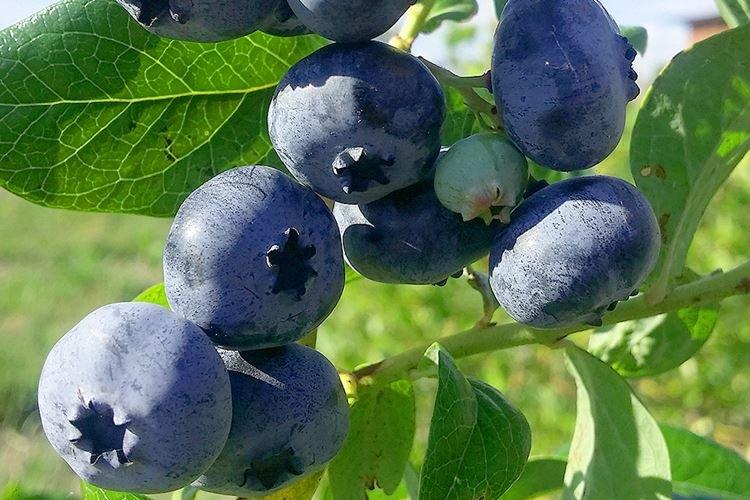
2. Rankocas
On a tall, tall bush, up to 3 kg of berries of a light blue hue and medium size are formed. The crop does not fall off before harvesting, and then it is perfectly transported and stored. Rankokas is a very moisture-loving variety, but it is better to make additional shelter for the winter.
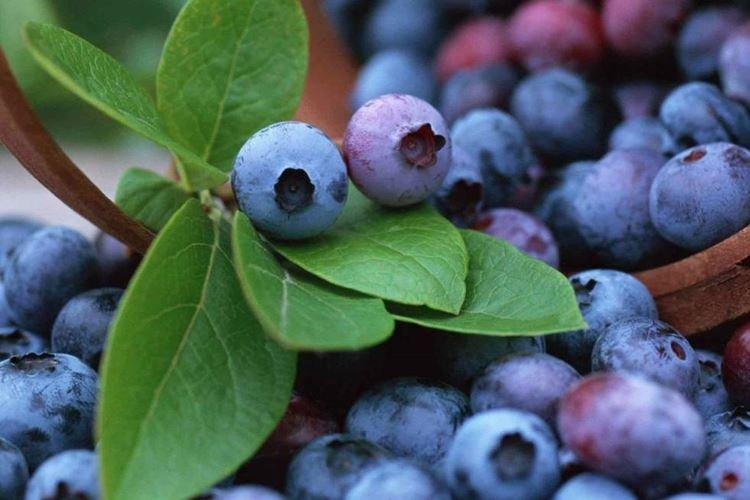
3. River
It is an ideal variety for commercial cultivation and is appreciated for its high and stable yields. The dense berries with a blueberry aftertaste ripen by mid-summer. Blueberry River easily tolerates adverse conditions, unpretentious to the soil and climate. But the berries are quite small, and they become even smaller if you do not carry out regular pruning.
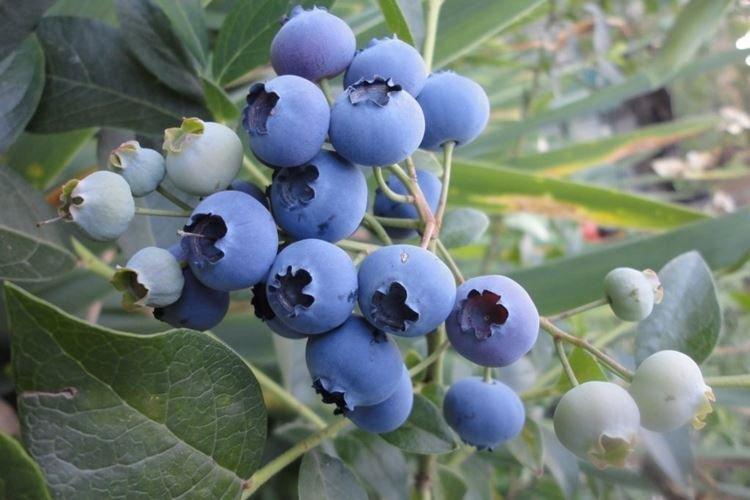
4. Patriot
A medium-sized bush grows up to 1.4 m, but at the same time it is quite sprawling and gives up to 9 kg of yield. The yield is higher with cross-pollination, but in general it is a self-pollinating variety. Advantages - adaptation to difficult soils, frost resistance, resistance to rot and cancer. Disadvantages - a tendency to excessive thickening, so the bush needs to be thinned regularly.
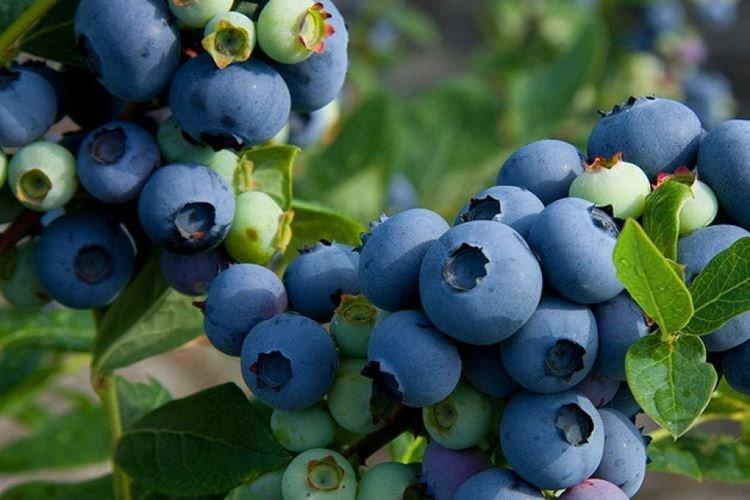
5. Blurey
The variety is prized primarily for its unusual taste, therefore it attracts the attention of berry lovers. The tall, powerful bush is very decorative thanks to the beautiful carved leaves of a dark shade. The variety is frost-resistant, but very sensitive to the regime of watering and feeding.
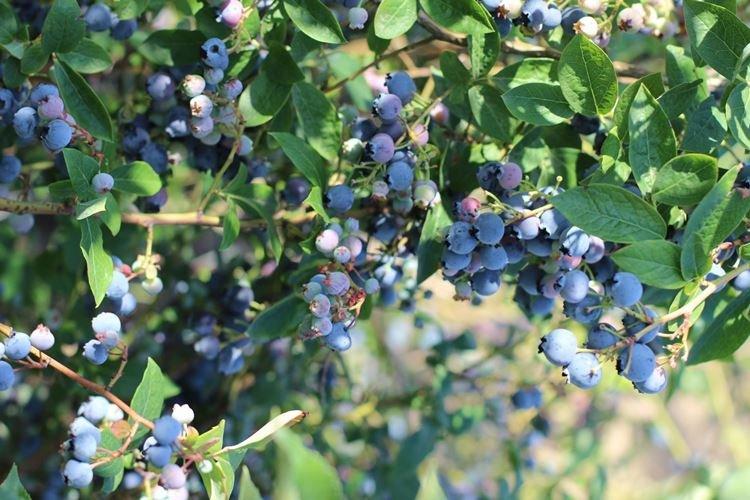
6. Toro
An unpretentious variety ripens quickly and almost simultaneously, and large berries up to 2.5 cm do not crumble before picking. The bush is tall and powerful, but susceptible to diseases and pests, so it requires preventive treatment. The fruit has a very interesting skin - as if with a gray bloom.
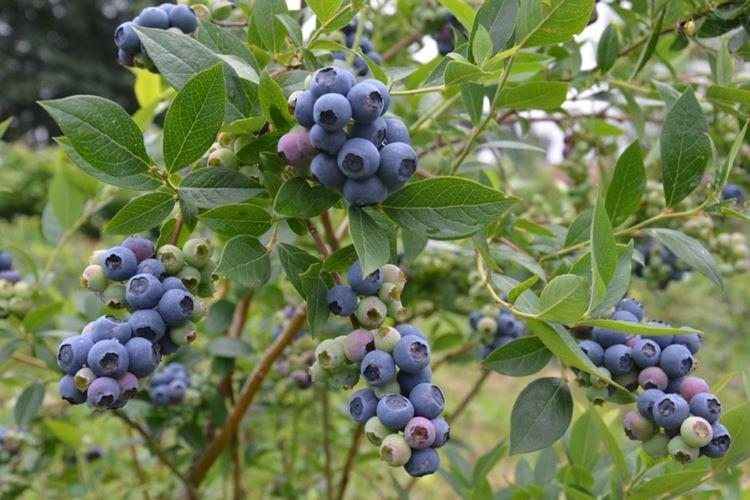
7. Northblue
Although the bush rarely grows up to a meter, it is very powerful and consistently yields a couple of kilograms of fragrant dessert berries. Northblue blueberries are notable for their record pigment content, which is why the berries are very dark. The bush tolerates frost well, develops quickly and is suitable for planting in containers. But for the ovary of new buds, it must be cut well.
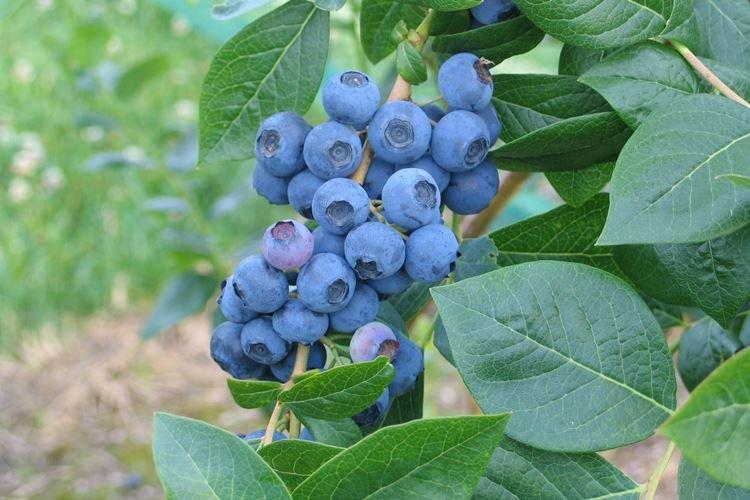
8. Bluegold
A very versatile variety, because on a medium-sized shrub, medium-sized berries ripen, and they also do this surprisingly evenly. This is one of the most productive varieties, but you need to make sure that the branches do not break under the weight of the berries. Blueberries Bluegold tolerate long storage without any problems, but they are prone to shedding and require a stable temperature regime.
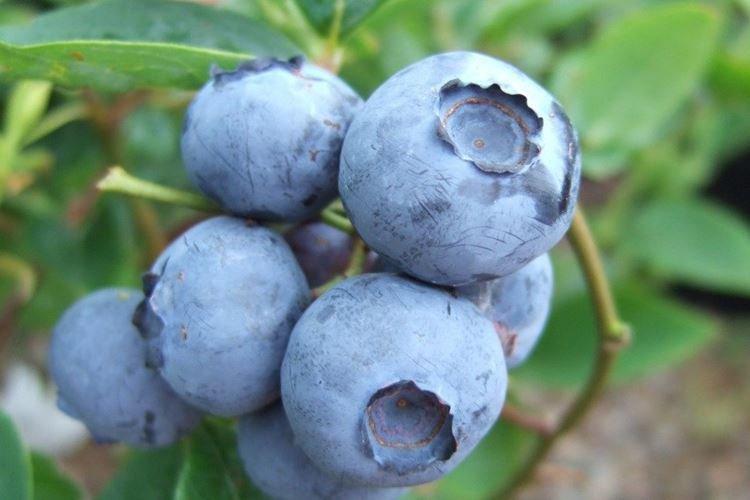
9. Northcountry
For lovers of smaller berries, the Northcantry variety with fruits up to 1.5 cm is ideal. The berries are sweet and aromatic, but experts consider their taste rustic and banal. But the shrubs are absolutely unpretentious and easily survive the most severe frosts.
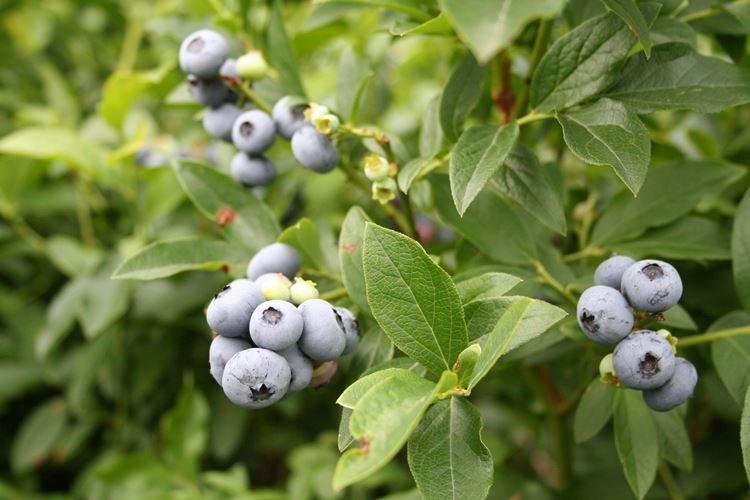
10. Elizabeth
A tall, spreading bush grows up to almost 2 m and forms large light blue berries. The crop tolerates transportation well and is ideal for freezing, but fresh is not stored for a long time. Elizabeth is another self-pollinating variety that is resistant to cancer, rot and late blight.But he is capricious in relation to the soil, prefers peat and does not tolerate sandy soils.
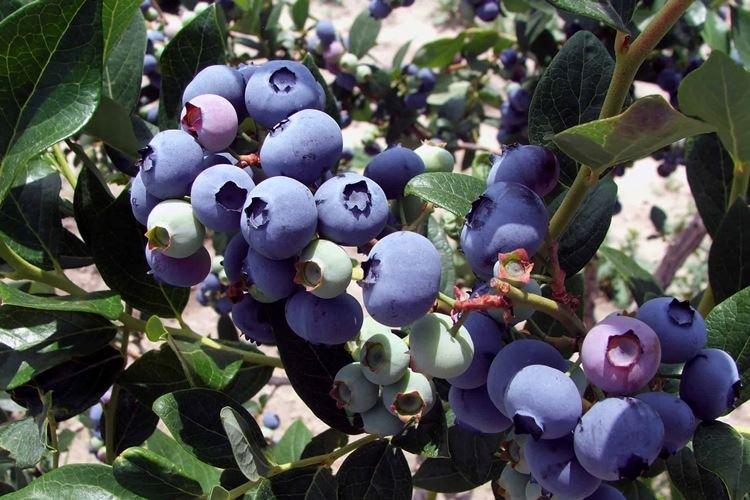
11. Chippewa
It is an early variety with firm, sugary berries for use in desserts and fresh. Although the bush is small and rarely stretches above a meter, it gives a consistently high yield of up to 3 kg and large berries up to 2 cm. It is better to make a shelter for the winter, because Chippeva blueberries have an average winter hardiness.
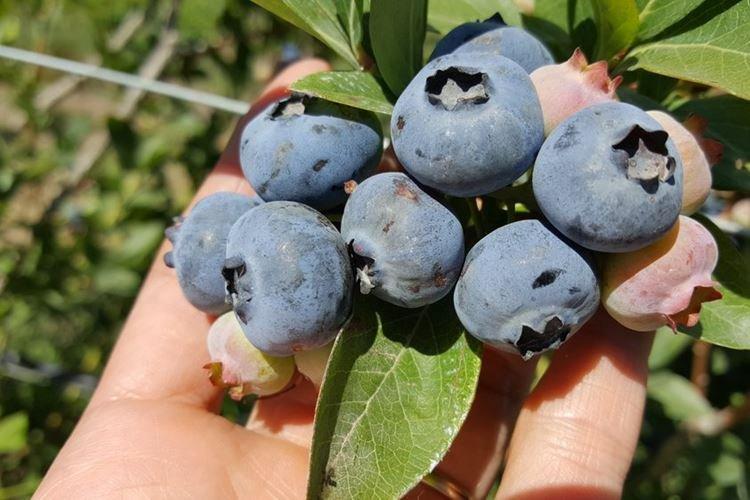
12. Jersey
The sprawling tall bush produces a bountiful harvest of sweet, dense fruits, ideal for transportation and freezing. It gets along well with other varieties and is ideal for cross-pollination. But Jersey blueberries are quite sensitive to conditions of detention.
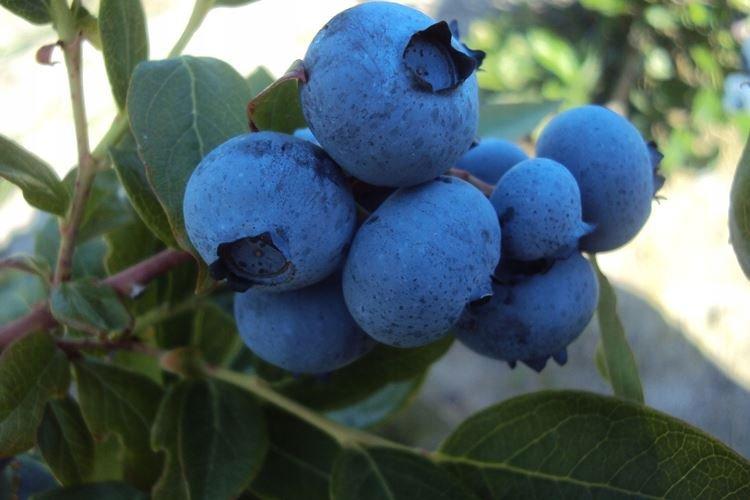
13. Duke
The tall shrub is not very sprawling, so it remains fairly compact after years. It blooms late, is not afraid of spring frosts and produces fragrant sweet and sour berries. But Duke can die in too cold and wet soil.
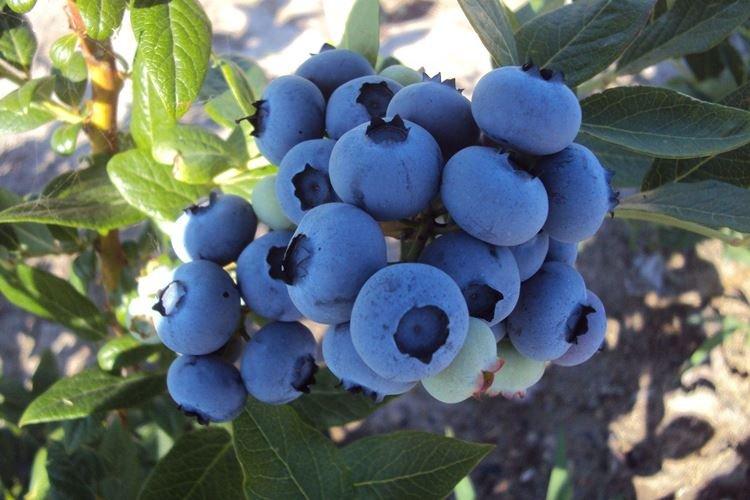
14. Berkeley
One of the most unpretentious varieties is suitable even for the formation of hedges. It tolerates severe frosts well and consistently yields up to 7 kg of sweet harvest. But it is important to pick the berries on time, because if they are even a little overripe, they easily crumble to the ground.
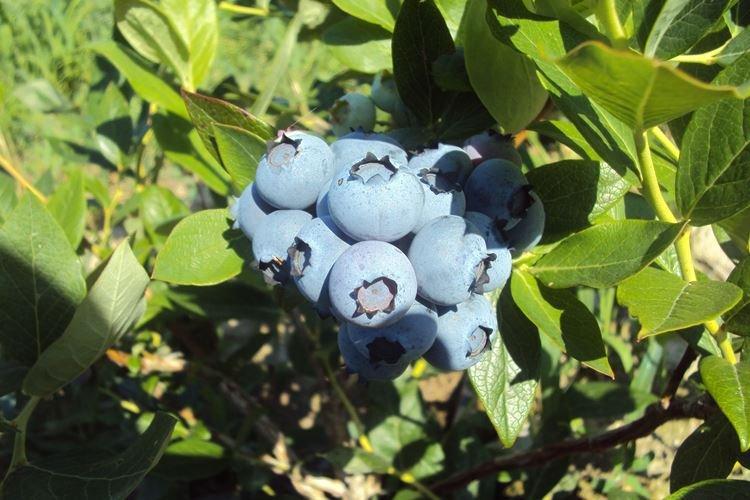
15. Polaris
It is not yet the most popular, but it has proven itself as a dessert variety with amazing sweet and sour berries. The bush is small - a little more than a meter, but gives up to 2 kg of yield, because it branches well. The main drawback is the disgusting ability to self-pollinate, so a pollinator will almost certainly be needed.
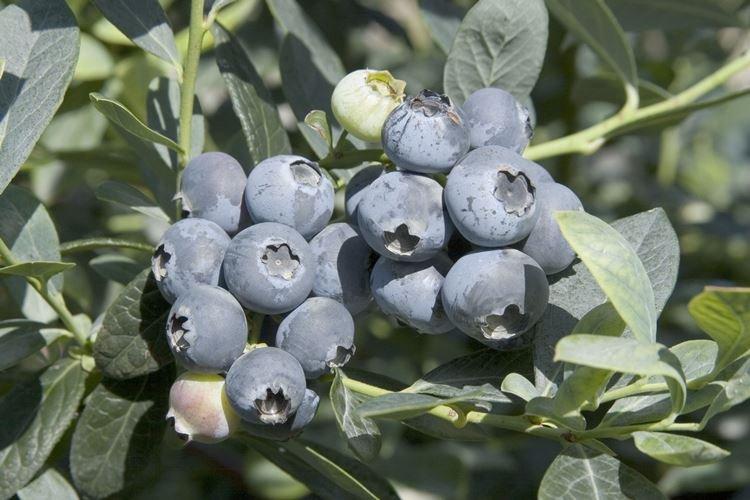
16. Bonus
The self-pollinating variety has one of the largest berries - up to 3 cm. At the same time, they are good fresh and frozen, and they tolerate transportation very well. The bush is very decorative, because by autumn it changes color to deep red. For really large yields up to 7 kg, cross-pollination is recommended.
